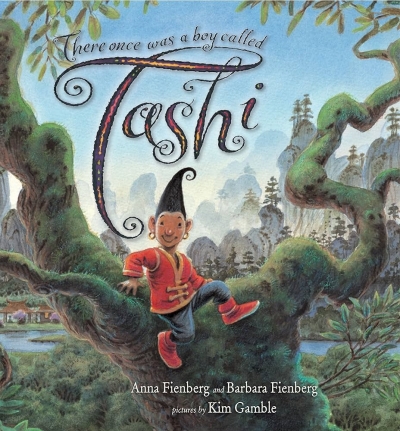Picture Books
There Once Was A Boy Called Tashi by Anna Fienberg and Barbara Fienberg, illustrated by Kim Gamble & The Boy, the Bear, the Baron, the Bard by Gregory Rogers
by Stella Lees •
Hyram and B. by Brian Caswell, illustrated by Matt Ottley & Two Summers by John Heffernan, illustrated by Freya Blackwood
by Sherryl Clark •
When a children’s picture book first comes into the home, there is no way of telling whether it is going to be ‘the one’ – the one that will be read and reread; that will have pictures drawn about it and songs made up about it; that will be carried around and allowed to spend the night at the end of the bed. There’s no rhyme or reason to it; awards and critical acclaim don’t mean too much. The book is simply chosen, and becomes the centre of the child’s universe for a week, a month – a lifetime.
... (read more)The Kids’ Own Book of Stories & Things to Do by & Alive and Aware by Eleanor Stodart
by Ian Mullens •





